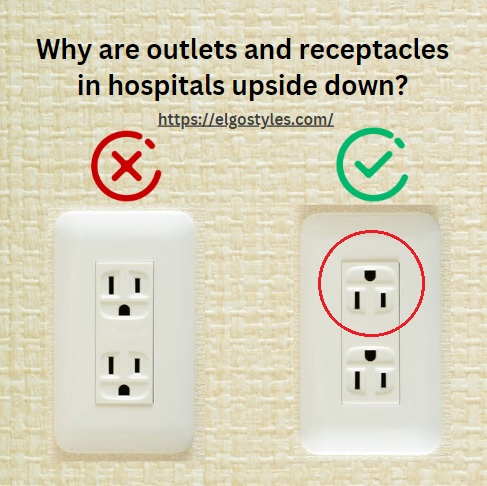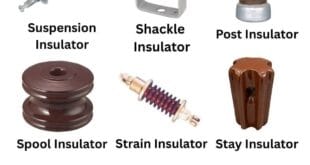Answer:
Outlets and receptacles in hospitals are often installed upside down for safety reasons.

Reasoning:
In hospitals, upside-down outlets are a safety measure to prevent accidental disconnection of medical equipment. Placing the ground pin on top reduces the risk of objects falling into the sockets and causing a short circuit. It also ensures that plugs with ground pins are securely connected, critical for the reliable operation of medical devices.
FAQs:
Why are hospital outlets upside down?
To prevent accidental disconnection of medical equipment and enhance safety.
Does it affect the functionality of the outlets?
No, it doesn’t affect functionality; it’s a safety measure.
Are upside-down outlets a legal requirement?
Regulations may vary, but it’s a common practice for safety in hospitals.
Can regular homes adopt this practice for safety?
Yes, it’s advisable for homes with young children or where safety is a priority.
Are there specific standards governing outlet orientation in hospitals?
Hospital safety standards often recommend this practice.
Are there any downsides to upside-down outlets?
Some may find them visually unconventional, but safety outweighs aesthetics.
Can upside-down outlets prevent all accidents?
While it reduces certain risks, proper maintenance and care are also crucial.
Do all hospitals follow this practice?
It’s common in many hospitals, but practices may vary globally.
Can electricians easily install outlets upside down?
Yes, it’s a simple adjustment during installation.
Are there alternative safety measures for outlets in hospitals?
Yes, hospitals also employ other safety protocols, but this is a prominent one.
 Electrical Engineering World Wiring a Brighter Tomorrow!
Electrical Engineering World Wiring a Brighter Tomorrow!


